The Rise of Modern Tattoo Techniques: A Closer Look
Beyond simple aesthetics, each tattoo style is a unique language, telling stories and expressing identities in indelible ink. From the intricate patterns of tribal and Polynesian tattoos to the bold colors of traditional and new school styles, from the subtle grace of watercolor to the stark contrast of blackwork, this exploration unveils the beauty and intricacies of each technique, unraveling their historic roots and contemporary interpretations.
The artistry of tattooing is not just confined to the mastery of design and color but also extends to the techniques that bring these designs to life on the skin. The application of the tattoo design, whether it be through hand poking or machine application, whether it's a single needle fine line or a bold, thick traditional line, each method contributes to the final artwork, defining its character and aesthetic.
Understanding the Artistic Depth of Different Tattoo Styles
1. Traditional and Neo-traditional Tattoos
Traditional (also known as "Old School") tattooing is a classic American style that has been a staple in the tattoo world for decades. Known for its bold lines, vibrant colors, and iconic imagery, traditional tattoos have become synonymous with strength, resilience, and a touch of rebellion. Common themes in traditional tattoos include nautical symbols, swallows, hearts, roses, and pin-up models.
Neo-traditional tattoos are a modern take on the traditional style, retaining the bold lines and bright colors while incorporating detailed shading and more diverse imagery. This style often blends realistic representations of animals, plants, and objects with more fantastical elements, creating a unique fusion of old and new.
2. Blackwork and Dotwork Tattoos
Blackwork tattoos utilize strictly black ink to create intricate designs, ranging from geometric patterns to tribal-inspired symbols, ornamental motifs, or natural elements. This style emphasizes simplicity and contrast, allowing the individual lines and shapes of the design to take center stage. Blackwork tattoos often incorporate negative space, which can add an additional element of complexity to the overall composition.
Dotwork tattoos employ stippling—a technique that uses individual dots to create an image or pattern. This style allows for various shades and gradients, giving designs a three-dimensional appearance. Dotwork tattoos can range from monochromatic to incorporating subtle colors, and are often used in geometric, mandala, or sacred geometry designs. The delicate, intricate nature of dotwork tattoos requires exceptional precision and skill from the tattoo artist.
3. Geometric and Sacred Geometry Tattoos
Geometric tattoos showcase an array of patterns and shapes, from minimalist lines and triangles to intricate, multifaceted designs. These tattoos often emphasize balance, symmetry, and repetition, creating eye-catching and visually striking pieces.
Sacred geometry tattoos draw upon age-old philosophies, spiritual beliefs, and mathematical principles to develop symbolic and meaningful designs. Incorporating elements such as the Flower of Life, Metatron's Cube, or the Fibonacci spiral, these tattoos express the interconnectedness of all things in the universe and often hold deep personal significance for the wearer.
4. Watercolor, Sketch, and Abstract Tattoos
The tattoo industry has seen a rise in more contemporary styles that defy traditional expectations, embracing artistic techniques typically reserved for other mediums. Watercolor, sketch, and abstract tattoos are prime examples of this innovative approach to body art.
Watercolor tattoos replicate the fluid, painterly look of watercolor paintings, blending soft colors and wispy strokes to create a dreamy, ethereal aesthetic. These tattoos often forego the use of bold outlines, opting instead for subtle gradients and ink washes that mimic the appearance of paint on canvas.
Sketch tattoos imitate the look of rough sketches or pencil drawings, incorporating loose lines, shading, and scribbles to achieve a dynamic, unfinished appearance. This style embraces imperfection, emphasizing movement and energy over precision and clean edges.
Abstract tattoos experiment with form, color, and composition, pushing the boundaries of traditional tattoo artistry. These designs often incorporate bold geometric shapes, intricate patterns, and vivid colors, creating a striking visual impact that leaves a lasting impression on the viewer.
Redefining Body Art: Modern Tattoo Techniques Unveiled
The diverse world of tattoo styles and techniques offers endless avenues for creative self-expression, enabling individuals to wear their stories, passions, and individuality on their skin.
Exploring the captivating realm of tattoo artistry can not only help you discover the perfect style that resonates with your personal tastes, but it can also inspire you to push the boundaries of your own artistic vision and appreciate the incredible skill and talent of tattoo artists worldwide.
With the expertise and guidance of the seasoned artists at Atlanta Ink Tattoo & Art Gallery, venture forth into this colorful and awe-inspiring world, and create a one-of-a-kind masterpiece that will not only adorn your body but truly capture the essence of who you are. Get in touch with our best tattoo artists in Atlanta today!

